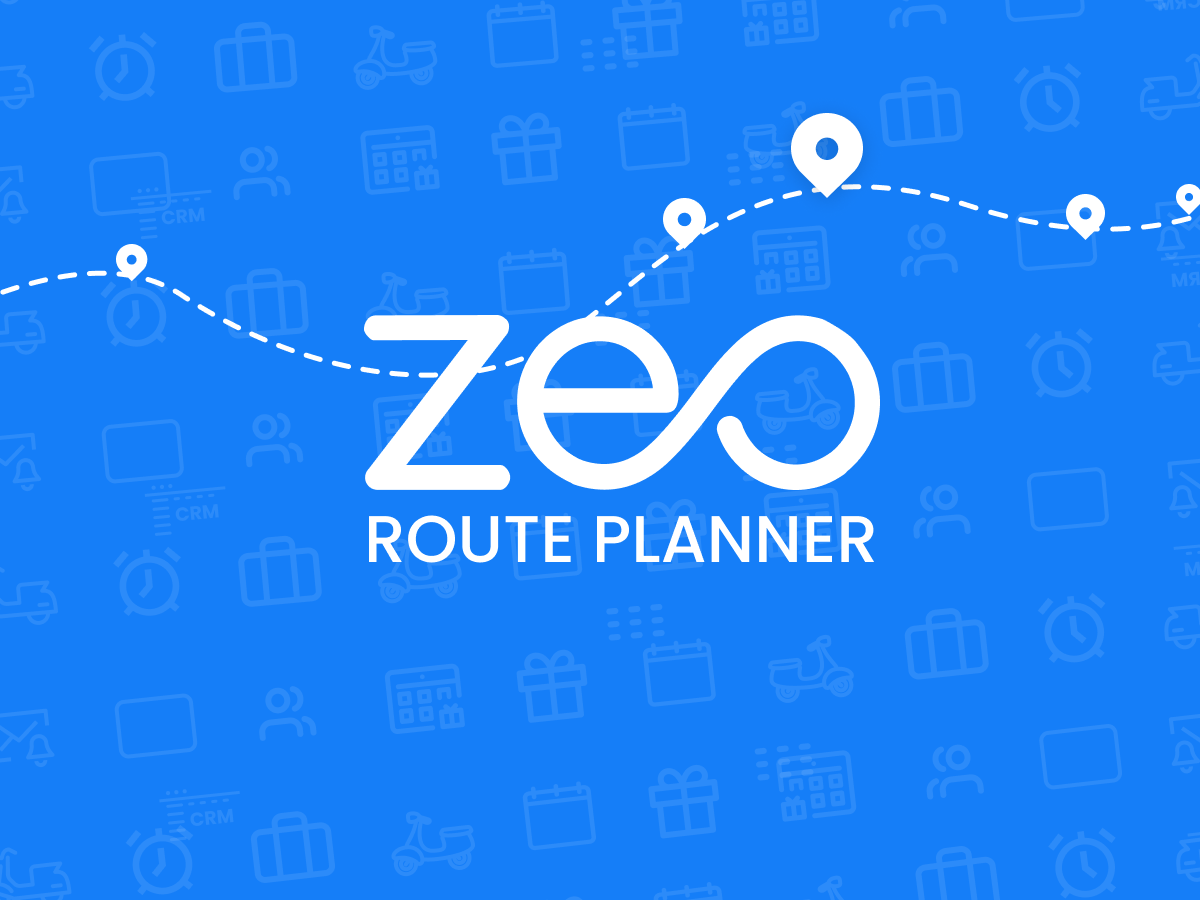What is Reverse Logistics?
Reverse logistics is the stage of the supply chain in which goods are collected from the customer and moved back to the seller. Reverse logistics may be because the customer wants to return or exchange the product. The customer may also want the business to dispose or recycle the packaging after the product has been used. Any e-commerce business involving last-mile delivery has to take care of reverse logistics as well.
How does Zeo Route Planner help with faster deliveries?
Zeo Route Planner is easy to use and helps you create optimized routes within seconds. It allows you to add details like delivery time slot, stop priority, stop duration, customer details, and any specific customer notes. It saves the time spent on the road so that more time is spent on revenue-generating activities.
Hop on a 30-minute demo call to find out how Zeo can be the perfect route planner for your business!





















